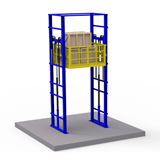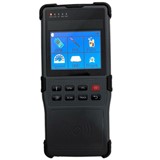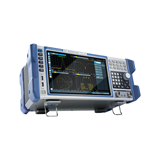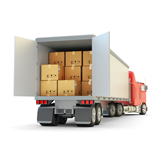This technologically advanced complex web of seamless transport, storage and distribution services across Australia generates around $88 billion in revenue a year and employs over 357,000 people.
The total freight task (measured by the weight of goods multiplied by the distance transported) is expected to reach 412.8 billion tonne/kilometre in 2009-10. Over the last five years the size of this freight task has increased by 3.7% a year.
Road transport is the industry’s backbone. It generates nearly half the industry's revenue and accounts for around 40% of freight movements. Road freight has grown by just 0.8% a year since 2004-05.
Rail is the transport mode of choice for long-haul and bulk freight. On a tonne-per-kilometre basis rail is estimated to be three times more fuel efficient than road transport. Around 78% of freight transport between Perth and the east coast is by rail. In contrast around 93% of freight transfer between Sydney and Melbourne is by road.
The industry is currently nudging up against the capacity constraints of existing infrastructure. While many billions have been committed to upgrading capacity on roads, rails and ports, the investment in unlikely to significantly ease congestion on Australia's transport networks. The volume of container traffic alone is expected to nearly triple in the fifteen years to 2020. Double stacked containers on rail and an increase in the number of B-triple trucks on roads may be one of the easiest and most cost-effective means to provide some relief.
While infrastructure is strained, technological changes and the purchase by large operators of smaller transport companies beginning in the late 1980s have delivered an integrated and sophisticated supply chain. Technical developments have included Radio Frequency Identification (RFID) and barcode systems to monitor and track stock. This in turn has delivered cost and time savings, improved capacity utilisation and better management of inventory levels.
For the major companies in this industry, constraints may also have been reached in their capacity to expand in the Australian market. Over the next five years, the demand for logistics in the Asian region, where these companies have already built a solid international presence, presents further opportunities.
Within Australia over the next five years the integrated logistics industry will grow steadily by an expected 4.1% a year. Strong growth in freight volumes, high volumes of imports and exports, increased manufacturing activity, a larger population and increased outsourcing of the logistics function will underpin this performance. Rail freight will continue its renaissance as an alternate to road transport. The impact of any future carbon reduction policy upon this industry is likely to be significant, but it is currently unknown.









